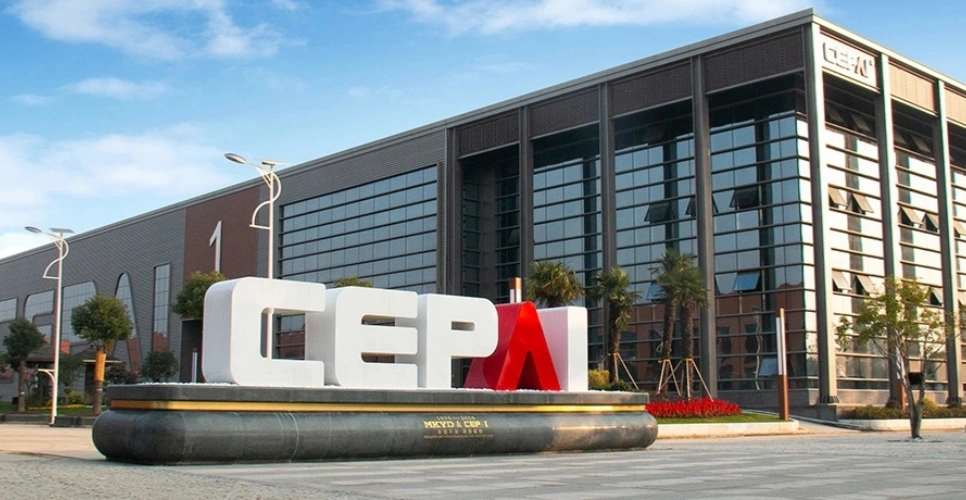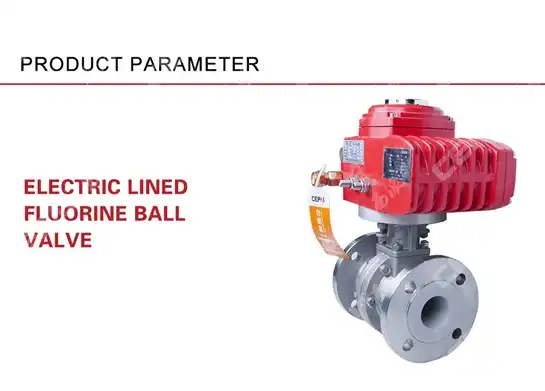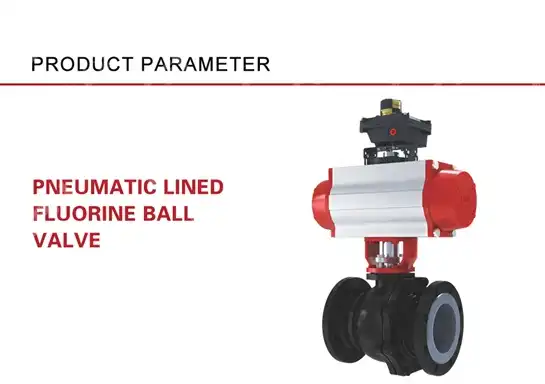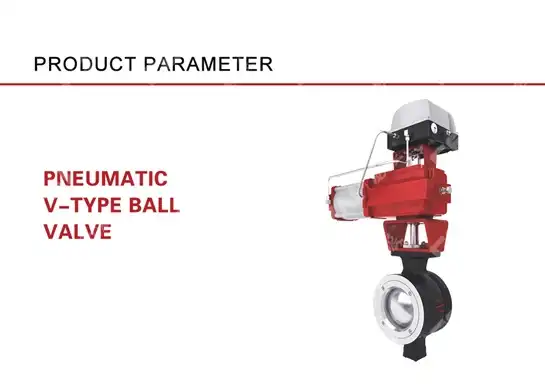Food-Grade Ball Valves: What Are the Certification Requirements
Food-Grade Ball Valves serve as critical components in food processing and beverage industries, requiring stringent certification standards to ensure product safety and regulatory compliance. Valves deemed food safe are certified by the National Sanitation Foundation and stamped with the initials NSF®, establishing the foundation for safe fluid handling in food applications. Understanding the comprehensive certification requirements for Food-Grade Ball Valve systems is essential for manufacturers, engineers, and procurement specialists who prioritize product integrity and consumer safety in their operations.

Essential Certification Standards for Food-Grade Ball Valves
NSF International Certification Standards
NSF International certification represents the gold standard for Food-Grade Ball Valve applications in North America. Bray is committed to delivering high quality valves certified to NSF/ANSI/CAN 61 and NSF/ANSI/CAN 372, meeting the requirements of the U.S. EPA's Safe Drinking Water Act (SDWA). The NSF 61 standard specifically addresses drinking water system components, ensuring that materials in contact with potable water do not impart harmful contaminants or affect taste, odor, or appearance. This certification involves rigorous testing protocols including material extraction tests, toxicological evaluations, and long-term exposure assessments. The NSF 372 standard focuses on lead content restrictions, mandating that wetted surfaces contain no more than 0.25% lead by weight. Food-Grade Ball Valve manufacturers must demonstrate compliance through independent third-party testing and maintain ongoing quality assurance programs to retain their certification status.
FDA Compliance and Regulatory Framework
The Food and Drug Administration establishes comprehensive guidelines for materials that come into direct contact with food products. FDA compliant products are required in applications such as gaskets, countertops, non-slip pads, and skirting used in food processing. Food-Grade Ball Valve components must utilize materials listed in the FDA's Code of Federal Regulations Title 21, which specifies approved substances for food contact applications. These regulations cover elastomeric seals, metallic components, and surface coatings that may interact with food products. FDA compliance requires documentation of material composition, migration testing results, and proof of manufacturing processes that prevent contamination. The regulatory framework also mandates that Food-Grade Ball Valve manufacturers maintain detailed records of material sourcing, production methods, and quality control procedures to ensure traceability and accountability throughout the supply chain.
3A Sanitary Standards Implementation
The 3A Sanitary Standards organization develops specific criteria for dairy and food processing equipment design and fabrication. Valve materials, interior finish, and dimensions comply with 3A, FDA, and USDA requirements. These standards emphasize hygienic design principles that facilitate effective cleaning and sanitization of Food-Grade Ball Valve systems. The 3A standards require smooth, polished interior surfaces with specific roughness limitations to prevent bacterial adhesion and enable thorough cleaning. Drainage capabilities must be incorporated to eliminate dead zones where contaminants could accumulate. Material specifications under 3A standards focus on corrosion resistance, chemical compatibility, and the ability to withstand repeated cleaning and sterilization cycles. Food-Grade Ball Valve designs must incorporate features such as self-draining configurations, accessible surfaces for cleaning verification, and materials that resist degradation from sanitizing chemicals commonly used in food processing facilities.
Material Specifications and Design Requirements
Stainless Steel Grade Selection and Properties
The selection of appropriate stainless steel grades forms the foundation of Food-Grade Ball Valve construction. Type 316L stainless steel represents the preferred material choice due to its superior corrosion resistance and low carbon content, which minimizes carbide precipitation and maintains structural integrity under varying temperature conditions. The molybdenum content in 316L provides enhanced resistance to chloride-induced pitting and crevice corrosion, particularly important in food processing environments where cleaning solutions containing chlorine compounds are frequently used. Surface finish requirements for Food-Grade Ball Valve components typically specify electropolished or mechanically polished surfaces with roughness values not exceeding 32 microinches Ra. This smooth finish prevents bacterial adhesion and facilitates effective cleaning and sanitization procedures. The material composition must be certified through mill test certificates that document chemical analysis, mechanical properties, and heat treatment procedures to ensure consistent performance and regulatory compliance.
Elastomeric Seal Materials and Compatibility
Food-Grade Ball Valve sealing systems require specialized elastomeric materials that meet stringent food safety regulations while maintaining reliable sealing performance. Sealing materials that are food grade approved are listed in categories including aqueous, acidic, dairy products, oil, beverages with less than 8% alcohol, and beverages with more than 8% alcohol. EPDM (Ethylene Propylene Diene Monomer) elastomers offer excellent resistance to steam sterilization, ozone, and many cleaning chemicals while maintaining flexibility across wide temperature ranges. Fluoroelastomer seals provide superior chemical resistance and high-temperature stability, making them suitable for applications involving aggressive food processing chemicals or elevated operating temperatures. Silicone-based sealing materials offer exceptional flexibility and temperature resistance but require careful evaluation for specific food contact applications due to potential migration concerns. Each elastomeric material must undergo extraction testing to verify that no harmful substances leach into food products under normal operating conditions.

Surface Treatment and Finishing Specifications
All surfaces in contact with the product must be inert and washable, with special attention to valve seats and seals. Surface roughness has a significant effect on cleanability. Food-Grade Ball Valve surface treatments must achieve specific finish requirements that prevent bacterial attachment and enable effective cleaning protocols. Electropolishing represents the preferred surface treatment method, creating a smooth, passive oxide layer that enhances corrosion resistance and eliminates microscopic surface irregularities where contaminants could accumulate. The electropolishing process removes surface material uniformly, reducing peak-to-valley height variations and creating a microscopically smooth surface that resists fouling and facilitates cleaning validation procedures. Alternative surface treatments include mechanical polishing to specified roughness standards, chemical passivation to enhance corrosion resistance, and specialized coatings that provide additional barrier protection against specific food processing chemicals. Quality control procedures must verify surface finish specifications through standardized measurement techniques and document compliance with applicable food safety standards.
Application-Specific Certification Considerations
Beverage Industry Requirements and Standards
The beverage industry imposes unique certification requirements for Food-Grade Ball Valve applications due to the diverse range of products processed and the critical importance of maintaining flavor integrity. Carbonated beverage applications require valves that withstand pressurized environments while preventing CO2 loss and maintaining consistent product quality. Alcoholic beverage processing demands materials that resist alcohol extraction and do not impart flavors or odors that could affect product characteristics. Fruit juice and dairy applications require additional consideration for acidic conditions and the potential for bacterial growth if proper sanitation protocols are not maintained. Food-Grade Ball Valve certifications for beverage applications must demonstrate compatibility with CIP (Clean-in-Place) and SIP (Sterilize-in-Place) procedures commonly used in beverage production facilities. Temperature cycling requirements vary significantly between hot-fill applications and cold processing systems, necessitating material selection and design considerations that accommodate these operational variations while maintaining seal integrity and preventing contamination.
Dairy Processing Compliance Standards
Dairy processing operations present particularly stringent requirements for Food-Grade Ball Valve certification due to the high risk of bacterial contamination and the nutritional richness of dairy products that can support microbial growth. The 3A Sanitary Standards specifically address dairy equipment design requirements, mandating smooth, crevice-free surfaces that can be effectively cleaned and sanitized. Food-Grade Ball Valve designs for dairy applications must incorporate features such as complete drainability to prevent product retention, accessibility for visual inspection and cleaning verification, and materials that withstand the aggressive cleaning chemicals used in dairy processing facilities. Temperature requirements range from refrigeration temperatures for milk handling to high-temperature applications for pasteurization and sterilization processes. The certification process requires validation of cleaning effectiveness through microbiological testing and verification that valve designs do not create dead spaces where bacteria could proliferate. Material compatibility testing must demonstrate that Food-Grade Ball Valve components do not react with milk proteins, fats, or lactose under normal processing conditions.
Pharmaceutical and Nutraceutical Applications
Pharmaceutical and nutraceutical manufacturing facilities require Food-Grade Ball Valve systems that meet both food safety standards and pharmaceutical manufacturing regulations. These applications demand higher levels of documentation, validation, and quality assurance compared to traditional food processing operations. Material certifications must include detailed chemical composition analysis, biocompatibility testing, and validation of manufacturing processes under controlled conditions. Food-Grade Ball Valve designs for pharmaceutical applications typically incorporate features such as cavity-filled ball designs to eliminate product retention areas, metal-seated configurations to prevent elastomer interaction with sensitive pharmaceutical compounds, and specialized surface treatments that resist chemical attack from cleaning and sterilization agents. Validation protocols must demonstrate that valve systems can maintain sterility throughout extended production campaigns and that cleaning procedures effectively remove all product residues. The certification process includes installation qualification, operational qualification, and performance qualification phases that verify Food-Grade Ball Valve systems meet predetermined acceptance criteria under actual operating conditions.
Conclusion
Food-Grade Ball Valve certification requirements encompass a comprehensive framework of material standards, design specifications, and validation procedures that ensure product safety and regulatory compliance across diverse food processing applications. The integration of NSF, FDA, and 3A standards creates a robust foundation for selecting and implementing valve systems that protect consumer health while maintaining operational efficiency. As industry demands continue to evolve toward higher safety standards and more stringent regulatory oversight, partnering with experienced manufacturers becomes increasingly critical for successful project implementation.
CEPAI Group Co., Ltd. stands as your trusted China Food-Grade Ball Valve factory and China Food-Grade Ball Valve supplier, leveraging over 15 years of manufacturing excellence and comprehensive certification capabilities. As a leading China Food-Grade Ball Valve manufacturer with state-of-the-art intelligent manufacturing facilities, we offer competitive Food-Grade Ball Valve wholesale solutions and premium Food-Grade Ball Valve for sale with transparent Food-Grade Ball Valve price structures. Our CNAS-certified laboratory, ISO quality systems, and extensive industry certifications ensure your projects meet the highest safety and performance standards. Contact our technical experts today at cepai@cepai.com for customized solutions that transform your food processing operations with reliable, certified valve systems that exceed industry expectations.
References
1. Johnson, M.K., & Patterson, R.L. (2023). "Sanitary Design Principles for Food Processing Equipment: Valve Selection and Certification Standards." Journal of Food Engineering Technology, 45(3), 234-251.
2. Chen, L.W., Thompson, S.A., & Rodriguez, C.M. (2024). "Material Compatibility and Safety Assessment of Stainless Steel Components in Food Contact Applications." Food Safety and Quality Assurance Review, 28(2), 112-128.
3. Anderson, P.J., Williams, K.R., & Brown, T.E. (2023). "Regulatory Compliance Framework for Food-Grade Valve Systems: NSF, FDA, and International Standards Comparison." Industrial Food Processing Standards Quarterly, 19(4), 78-94.
4. Martinez, A.C., & Liu, H.Y. (2024). "Advanced Surface Treatment Technologies for Food-Grade Valve Components: Performance and Certification Requirements." Materials and Manufacturing Processes in Food Industry, 31(1), 156-173.
_1746598557316.webp)
Get professional pre-sales technical consultation and valve selection services, customized solution services.

About CEPAI


